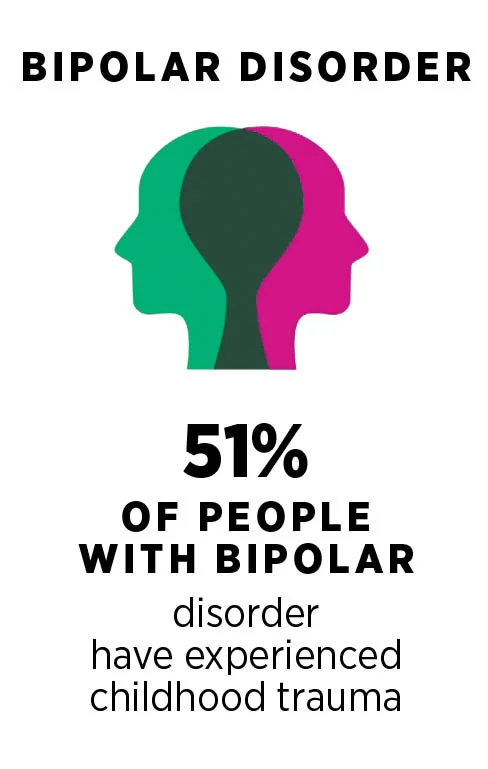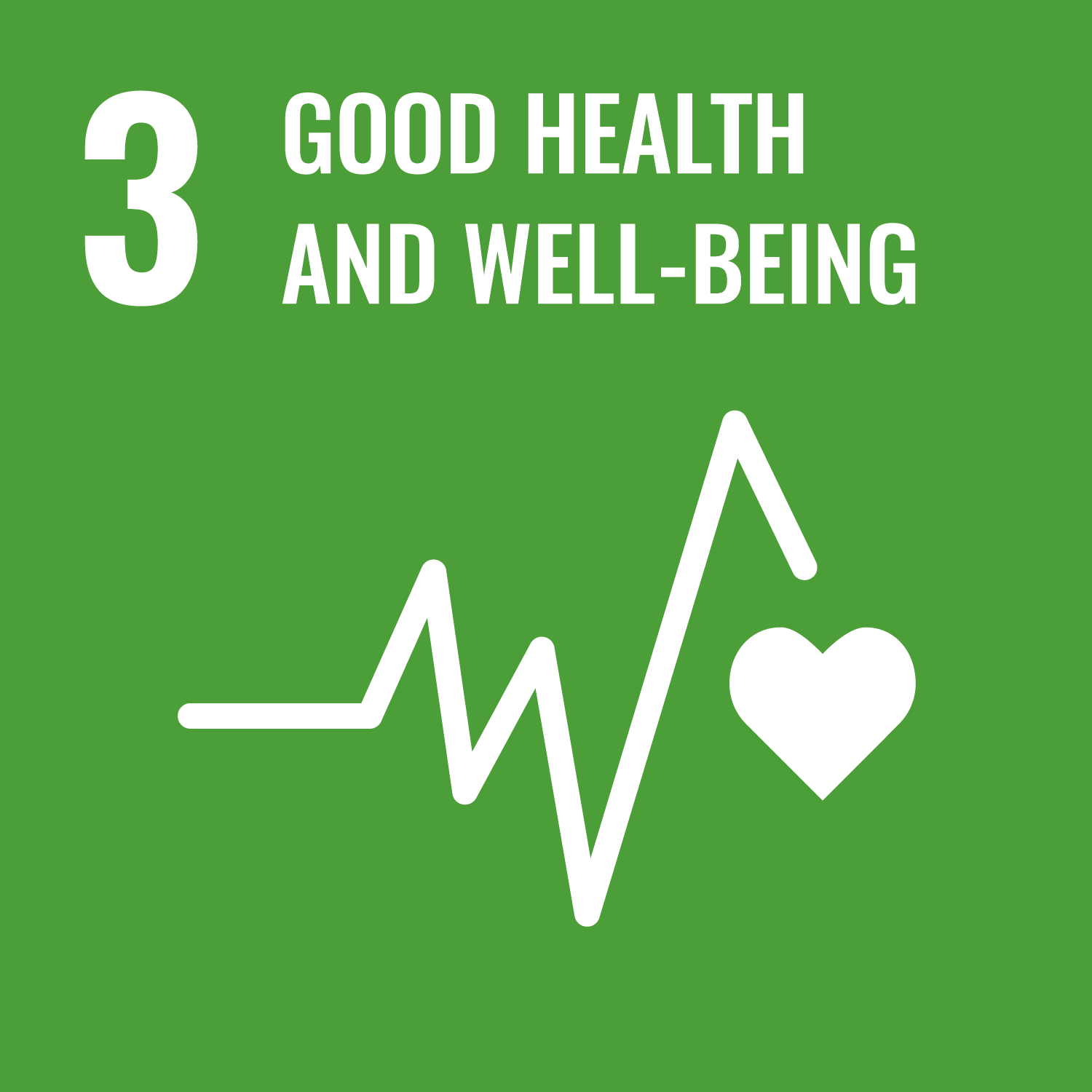You can search for courses, events, people, and anything else.
“Trauma screening isn’t standard practice after a bipolar disorder diagnosis, nor is trauma-informed therapy,” points out Amy-Leigh Rowe, a PhD candidate at Western’s School of Psychology. But some research suggests up to 98% of people living with bipolar disorder will experience at least one trauma in their lifetime and 51% of people living with the disorder will have experienced childhood trauma.
Childhood trauma, adds Rowe, is linked to earlier onset and more frequent and severe episodes of mania and depression — the key characteristics of bipolar disorder, a mental disease that affects roughly 1.3% of the global population.
Rowe recommends that trauma screening and therapeutic approaches are included in the Australian Psychological Society’s evidence-based guidelines for the psychological treatment of bipolar disorders.
To support her case, she is leading a study on more than 150 people examining how different types of trauma influence their quality of life, and the frequency, severity, and management of their bipolar disorder. “Few have looked deeply into how cumulative trauma over a lifetime affects illness course,” she explains.
Study participants who exhibit bipolar type 1 and type 2 were asked via online surveys and interviews about their symptoms, stressful events in the previous six months and any lifetime traumas, including the frequency, duration and severity of such trauma. Any event that causes a person significant distress has the potential to be traumatic, says Rowe.
Need to know
- About 1.3% of the global population have bipolar disorder.
- Roughly 51% of people with bipolar disorder have experienced childhood trauma, which is associated with earlier onset and more severe symptoms.
- Trauma screenings could better inform management plans.
Follow-ups at three and six months covered symptoms, mood, traumatic and stressful events and social environment.
Interim findings suggest that just over half of her sample have experienced emotional or sexual abuse and almost a third have experienced physical abuse.
Participants are grouped according to their trauma history and analysed according to demographic, clinical, biological and psychological features, says Rowe.
“I will also be looking at factors that moderate trauma such as social support, which is a protective factor, and stressful events that lead to more severe illness,” Rowe adds.
“The results of this study should inform new psychological interventions for cumulative trauma,” says Tania Perich, a senior lecturer in the School of Psychology. Perich is founder of the Bipolar Hub at Western, which brings together resources, training and research for people living with bipolar disorder, and their families and clinicians.
Once complete, this research will provide data on the prevalence of different types of abuse experienced by those suffering from bipolar disorder, including emotional, sexual and physical abuse, as well as neglect. This will bolster the case for treating trauma and bipolar disease more holistically, says Rowe.
Credit
© kotoffei/iStock/Getty Images Plus © Kulli Kittus/unsplash
Future-Makers is published for Western Sydney University by Nature Research Custom Media, part of Springer Nature.







